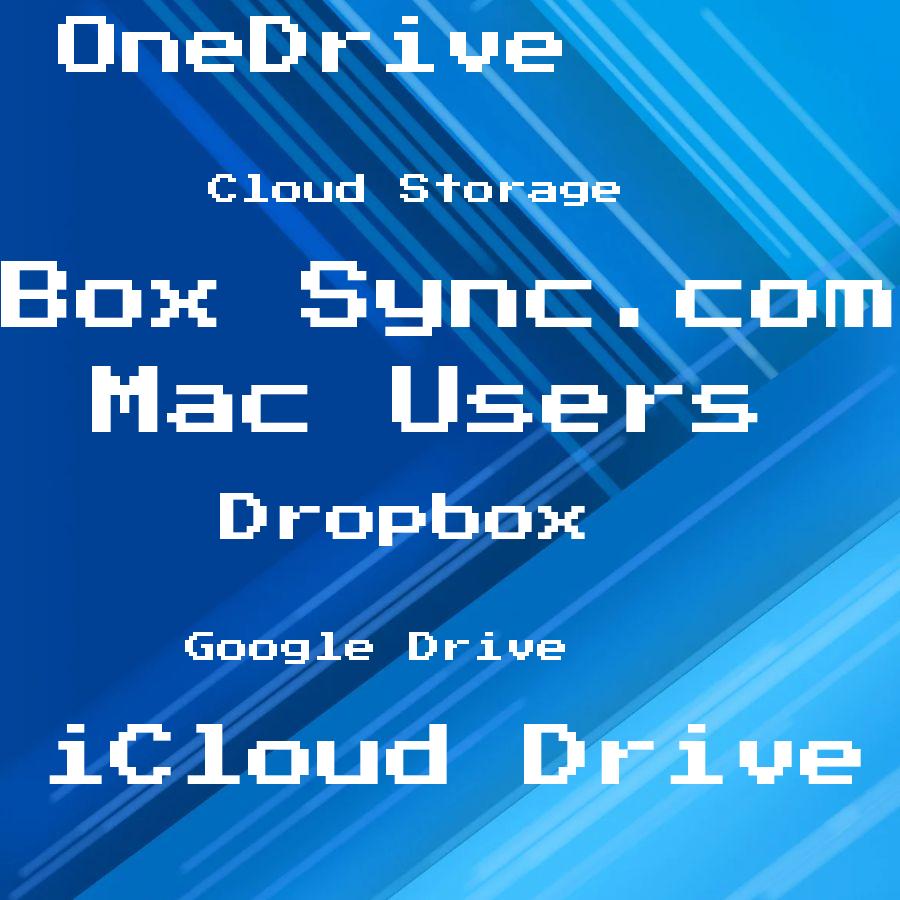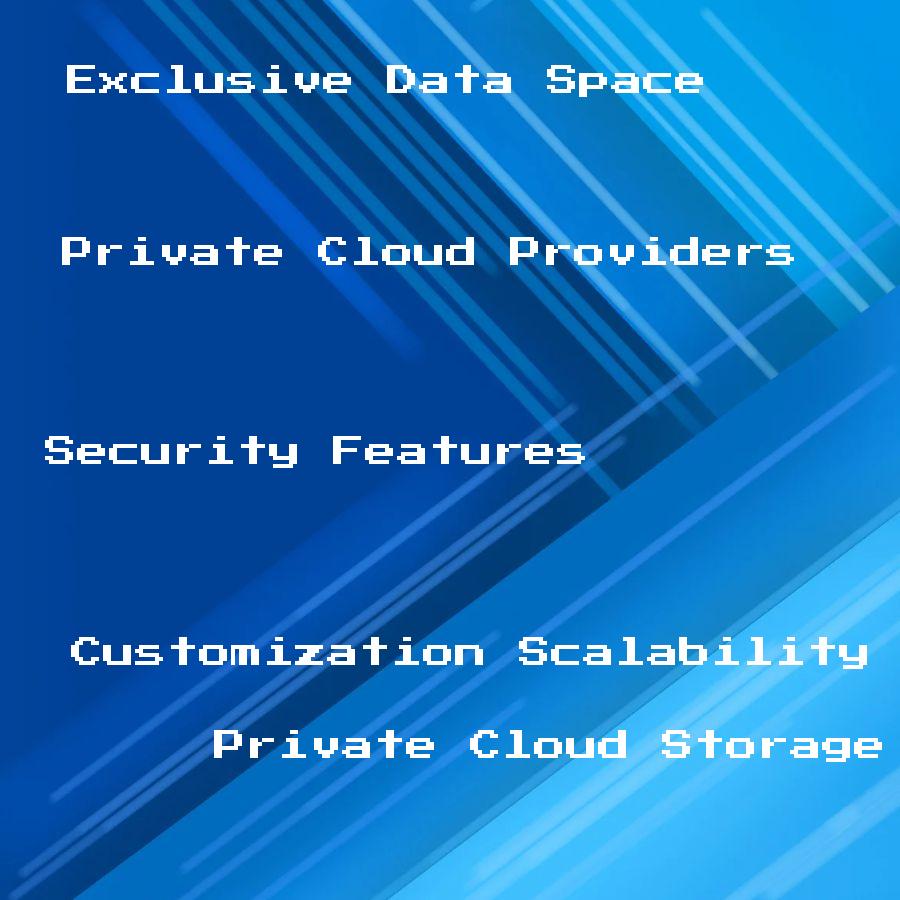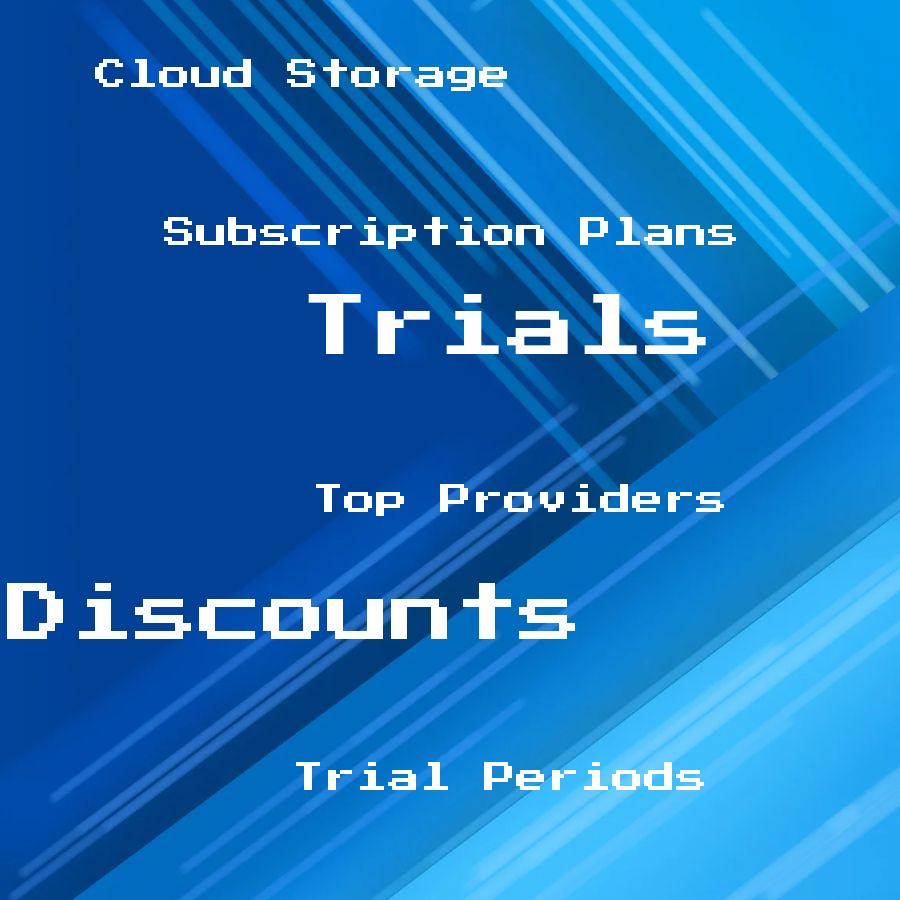Discover the essentials of cloud-native security as we delve into its key components and best practices to protect your applications and infrastructure in today’s dynamic digital landscape.
In today’s digital age, cloud computing has become an integral part of every business. With the increasing use of cloud services, security has become a major concern for organizations.
Cloud native security is a concept that aims to provide security solutions specifically designed for cloud environments. In this blog post, we will explore the importance of cloud native security and how it can help businesses protect their data and applications in the cloud.
So buckle up and get ready to learn all about this fascinating topic!
Cloud Native Security Overview

Cloud native security is a set of practices and technologies that are designed to secure applications and infrastructure in cloud-native environments. It involves securing the entire application stack, from the underlying infrastructure to the application code itself.
Cloud native security aims to provide a comprehensive approach that addresses all aspects of security, including network segmentation, identity management, access control policies, containerization techniques for microservices protection and secure CI/CD pipelines.
One key aspect of cloud native security is its ability to adapt quickly as new threats emerge or as business needs change. This agility allows organizations to stay ahead of potential vulnerabilities while maintaining their competitive edge.
Another important feature is automation which enables continuous monitoring and remediation capabilities across multiple clouds at scale with minimal human intervention required.
Key Principles & Best Practices
One of the most important principles is to adopt a “security-first” mindset. This means that security should be integrated into every aspect of your cloud environment, from design to deployment.
Another important principle is to implement strong access controls. Identity and access management (IAM) solutions can help you manage user identities, roles, and permissions in your cloud environment.
By implementing granular access controls based on the principle of least privilege, you can reduce the risk of unauthorized access or data breaches.
In addition to these key principles, there are several best practices that organizations should follow when it comes to cloud-native security. For example:
- Regularly update software components: Keeping all software components up-to-date with patches for known vulnerabilities helps prevent attacks.
- Implement network segmentation: Segmenting networks limits lateral movement by attackers if they gain entry into one part of an organization’s infrastructure.
- Use encryption: Encrypting sensitive data both at rest and in transit provides an additional layer of protection against unauthorized disclosure or theft.
Container Security
They provide an isolated environment for running applications, making them more secure than traditional virtual machines. However, containers also introduce new security challenges that need to be addressed.
One of the biggest container security risks is image vulnerabilities. Containers are built from images that can contain outdated or vulnerable software components.
Attackers can exploit these vulnerabilities to gain access to sensitive data or take control of the containerized application.
To mitigate this risk, it’s important to use only trusted images from reputable sources and regularly scan your containers for known vulnerabilities using tools like Docker Security Scanning or Clair.
Another key aspect of container security is runtime protection. Once a container is deployed, it needs continuous monitoring and protection against attacks such as privilege escalation or lateral movement within the cluster.
Implementing network segmentation between containers with different levels of trust helps limit attackers’ ability if they manage somehow get into one part of your infrastructure.
Microservices Protection
They offer many benefits, such as scalability and flexibility, but they also introduce new security challenges. Microservices protection is crucial to ensure the security of your application’s components.
One way to protect microservices is by implementing service mesh technology that provides secure communication between services within a cluster. Service mesh can handle authentication, authorization, and encryption for all traffic between microservices.
Another approach is to use API gateways that act as intermediaries between clients and microservices. API gateways can enforce policies such as rate limiting or access control on incoming requests before forwarding them to the appropriate service.
It’s essential to monitor your microservice environment continuously using tools like log analysis or intrusion detection systems (IDS). These tools help detect any suspicious activity in real-time so you can take action immediately if necessary.
Protecting your microservices requires a multi-layered approach that includes both preventive measures like service mesh or API gateway implementation and reactive measures like monitoring with IDSs.
Secure CI/CD Pipelines
They allow developers to automate the process of building, testing, and deploying applications quickly and efficiently. However, this automation can also introduce security risks if not done correctly.
To ensure secure CI/CD pipelines in cloud-native environments, it is crucial to implement security measures at every stage of the pipeline. This includes using secure coding practices during development, performing regular vulnerability scans on code repositories before deployment, implementing access controls for pipeline tools and resources such as build servers or container registries.
Moreover , DevSecOps teams should use automated tools that integrate with their existing CI/CD workflows to detect vulnerabilities early in the software development lifecycle (SDLC). These tools can help identify potential threats such as insecure dependencies or misconfigurations that could lead to data breaches or other cyber attacks.
Identity & Access Management
It ensures that only authorized users have access to the resources they need, while also preventing unauthorized access attempts. IAM solutions provide centralized control over user authentication, authorization, and permissions management across all cloud services.
In a cloud environment where multiple applications are running simultaneously on different servers or containers, it’s essential to ensure that each application has its own set of credentials for accessing data and other resources. This approach helps prevent any potential breaches from spreading beyond one application.
IAM solutions can also help organizations enforce policies around password complexity requirements or multi-factor authentication (MFA). MFA adds an extra layer of security by requiring users to provide additional information such as a code sent via SMS or email in addition to their username/password combination.
Implementing robust IAM practices is critical for ensuring secure access control within your organization’s cloud infrastructure.
Network Segmentation & Isolation
It involves dividing a network into smaller segments to reduce the attack surface and limit the spread of any potential breaches. By isolating different parts of your infrastructure, you can ensure that if one segment is compromised, it does not affect other areas.
In addition to reducing risk, network segmentation also helps with compliance requirements such as PCI DSS or HIPAA by limiting access to sensitive data only for authorized personnel.
To implement effective network segmentation in a cloud environment, businesses should use tools like virtual private clouds (VPCs) or software-defined networking (SDN). These technologies allow organizations to create isolated networks within their cloud environments and control traffic flow between them using firewalls and routing rules.
Implementing proper network segmentation and isolation practices can significantly enhance an organization’s overall security posture in the cloud.




